In this article I describe the Distance vector routing protocols in networking. Distance vector routing protocols belongs to Dynamic Routing in router. We can configure the IP routing in router manually or dynamically. Static IP Routing in router perform the packets transfer very efficiently in small network. It is very difficult to configure and maintain the static IP Routing in router for large networks.
We required an automatic method of routing in routers in large networks. So we use the dynamic routing in big networks one of them are distance vector routing protocols and other one is link state routing protocols. Basically routing is necessary to flow the data packets from one network to another network. We configure the routing table in routers to achieve the aim.
Distance vector routing protocols helps to select the path for data packets in network. Routing table of routers updates automatically from one router to other routers in a large network by using the Distance vector routing protocols. Routers are self responsible to transmit the new update in routing tables. Dynamic routing protocols dynamically select the network distance and other factors for data flow in a large network. It will be helpful to know about the dynamic routing in router alongwith the Distance vector routing protocols.
Dynamic routing in router
Maintenance of routing table in all routers in a network is very critical job. Dynamic IP Routing in router make it easy to maintain the routing table in all routers in a network. Dynamic routing protocols make it easy to take decision to select the best path for data packets. The routers transmits and receive the routing information in a fix time interval and update the routing table.
Any change in network is immediately updated in all routers by sharing information. The drawback of dynamic routing is that more bandwidth consumed than static routing. Dynamic routing make easy to maintain the routers in large network. When a router gone defective or new router added in network, the dynamic protocols updates the routing table in all routers in network. The routers exchange the network update between each other by broadcasting and multicasting.
Example of Dynamic IP Routing in router
In static routing we configure the route in routers manually. Some dynamic routing protocols help to do the job of static routing in all routers in a large network. RIP (Routing information protocol) OSPF ( Open Shortest Path First) are example of dynamic routing protocol. Dynamic routing protocols are further used two methods for sharing the routing information. Distance-vector and Link-State routing protocols used different technique for sharing route table information.
Distance-Vector and Link-State protocols
Distance-Vector routing protocols select the best path for data packets. Here distance is reference of hop in network. Distance-Vector protocols calculate the distance between source and destination on the basis of hop count. Suppose there are two path available for data packet from source and destination. Distance-Vector protocol select the path in which the number of hopes are less. RIP and IGRP are example of Distance-Vector routing protocol.
Distance vector routing protocols manage the selection of best path for data packets by routers. Routing table of all routers update by sharing the information on the network. The destination network path defines by hop count up to destination network. Distance vector routing protocols generally known as DVRP. Distance vector routing protocols is mostly used protocol in present scenario. DVRP sent the data packets over the internet protocol.
Distance vector routing protocols explained
You can see there are two terms in DVRP. The first term is distance and second is vector. Distance is number of hop or step to sent the data packets up to destination network. Path selection for a data packet is depends on the hop count. Minimum hope count path selected by the Distance vector routing protocols. The term vector refers to the propagating of the packet on a given set of network nodes. Routers broadcast the information of remote network to next router. Every router do the same thing so the routing table of all routers updated automatically. All router inform about the connected networks to next router then router update its own routing table.

Network topology changes time to time. Adding or removing a router in a network is very common phenomena. Any change in network should be updated in all router’s routing table. Doing this manually is very critical work. Distance vector routing protocols do this job automatically. The process of broadcasting any update in routing table and updation in all routing tables is known as convergence.

Distance vector routing protocols algorithms
The algorithm distance vector routing protocol find the routes on a internetwork. The other algorithm used to select the best path for data packets is Link State routing protocols. DVRP algorithm allow routers to exchange the routing tables with each other. Each router received the routing table from neighbour router, update own routing table and share the updated table to next neighbour router. This process repeat after a fix predefined time interval. By repeating this process all devices connected in the network maintain the routing table which allow the flow of data packets efficiently.
Drawbacks of distance vector routing protocol
Due to broadcasting and receiving routing table packets the network convergence is slow. The updation of routing table consume some bandwidth which makes data speed slow. Traffic increases because of continually exchanging of information in network.
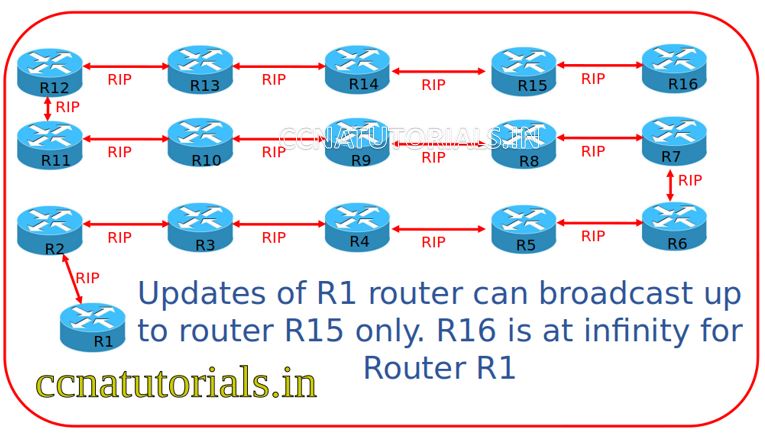
The limit of hop is fixed in different protocols for example RIP allow maximum 15 hop. If number of hop increased the information can not be shared. The 16th hope become infinite hope for 1st router.
In this article I describe the Distance vector routing protocols in networking. I hope you found this article helpful. For any query or suggestion on this article you may contact us or drop a comment below.

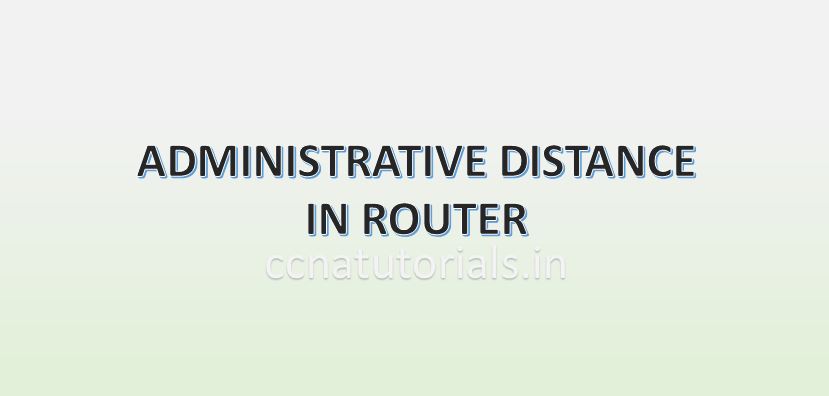
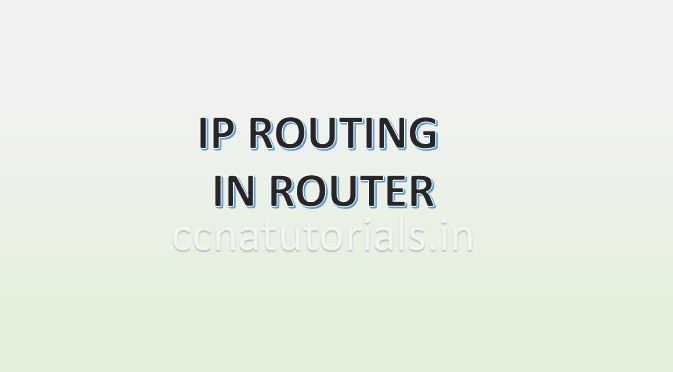


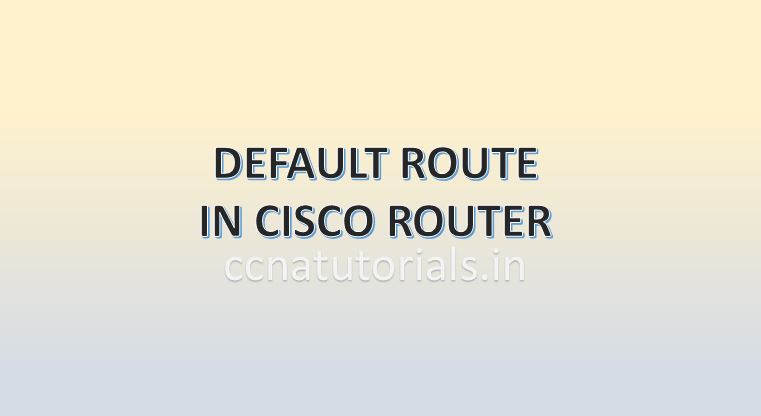
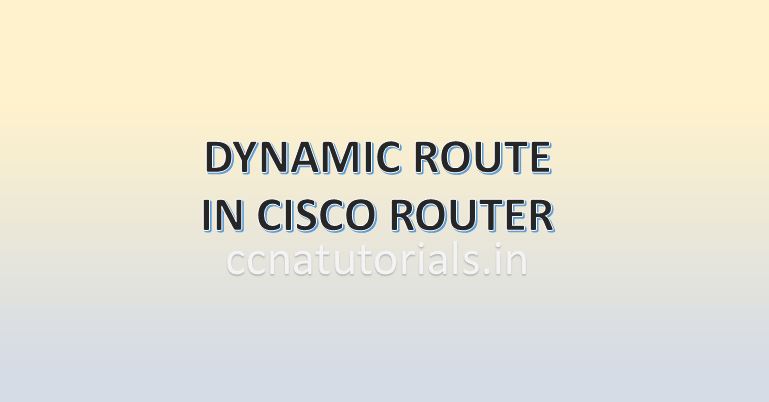
I have been absent for some time, but now I remember why I used to love this blog. Thanks, I will try and check back more frequently. How frequently you update your site?